Life has taken an eerie turn for digital nomads as their favorite cities emptied of tourists and foreigners working remotely.
Tasha Prados arrived in Vietnam in late February, a few weeks before the country closed its borders.
On March 12, she received word that she had 10 days to request an evacuation to the US through her travel insurance.
Tasha opted to stay in Vietnam, and rent a house with five other digital nomads.
They hunkered down for what ended up being a much more mild lockdown compared to many places in the US and Europe.
Vietnam accomodated those digital nomads who stayed, by automatically extending visas.
Still, a large portion of digital nomads across the world likely went “home” as the pandemic hit– which for many meant moving back in with mom and dad or another family member.
Now as a second wave hits, and lockdowns are continued or reintroduced– including in Vietnam– many digital nomads are wondering when they can get back to their nomadic lifestyle.
And that same question is on the minds of a lot of governments who understand that digital nomads are valuable assets to local economies.
They come to a country and spend money on rent, food, restaurants, and entertainment.
They don’t take local jobs, and they don’t ask for anything in return except for good weather, a low cost of living, a vibrant cultural and/or nightlife scene, and decent internet.
Usually, digital nomads can stay in their chosen country for 30 or 90 days at a time, depending on the host country’s visa policy. But that’s generally just not enough. It takes time to set up your “new office” and become truly productive in a new country.
The Republic of Georgia was first to realize that, and back in 2015, it allowed citizens from this laundry list of countries to stay in Georgia for a full year, no questions asked.
As a result, safe, inexpensive, culturally rich Georgia has become a popular place for digital nomads.
(One of our own Sovereign Man team members is currently living and working in Georgia, and is already penning a Sovereign Man: Confidential alert about what he has learned after spending a few months there.)
Now, Georgia is reportedly rolling out a new type of visa aimed explicitly at attracting digital nomads.
But Georgia isn’t the only country looking to boost its economy by attracting mobile people– and their mobile incomes.
COVID-related travel bans dried up the flow of tourists, so other countries have realized that they, too, want productive digital nomads to come and stay.
Barbados was among the first to announce a “12-month Barbados Welcome Stamp”, allowing visitors to come to the country and work remotely for a full year in the Caribbean paradise.
Barbados does charge a $2,000 fee. But you won’t be liable for Barbados income taxes. Plus US citizens will likely qualify for the Foreign Earned Income Tax Exclusion, meaning the first $107,600 you earn abroad is tax free.
Another option: starting from August 1, Bermuda will let foreigners work remotely on the island for a full year, after paying a $263 fee.
However, you may want to think twice if you plan to save money. Bermuda offers a very civilized and safe environment, but the cost of living in Bermuda can be higher than in New York City.
If island life isn’t your thing, the European country of Estonia has long been known as a tech-friendly innovator. It offered its e-Residency program to anyone willing to run an Estonian-based business remotely.
However, the program did not offer the possibility to actually live in Estonia.
Now, Estonia has announced a new “Digital Nomad Visa” for remote workers, allowing them to stay and work in the country for a full year.
And while Estonia’s northern climate and cold Baltic sea aren’t so tropical, its Digital Nomad Visa can be an excellent opportunity to spend a year in Europe and explore the rest of the continent.
We expect a lot more countries – especially those with suffering tourism industries – to wake up to the realities of the 21st-century digital economy and to start rolling out similar offers.
Due to Covid, there are A LOT more people working from home, who have the freedom to pick up and move if they choose. And that could mean a huge wave of new digital nomads.
That’s pretty exciting. Digital Nomads have been voting with their feet for a long time, and rewarding the countries with the best policies and atmospheres.
Source
from Sovereign Man https://ift.tt/3a02mbR
via IFTTT
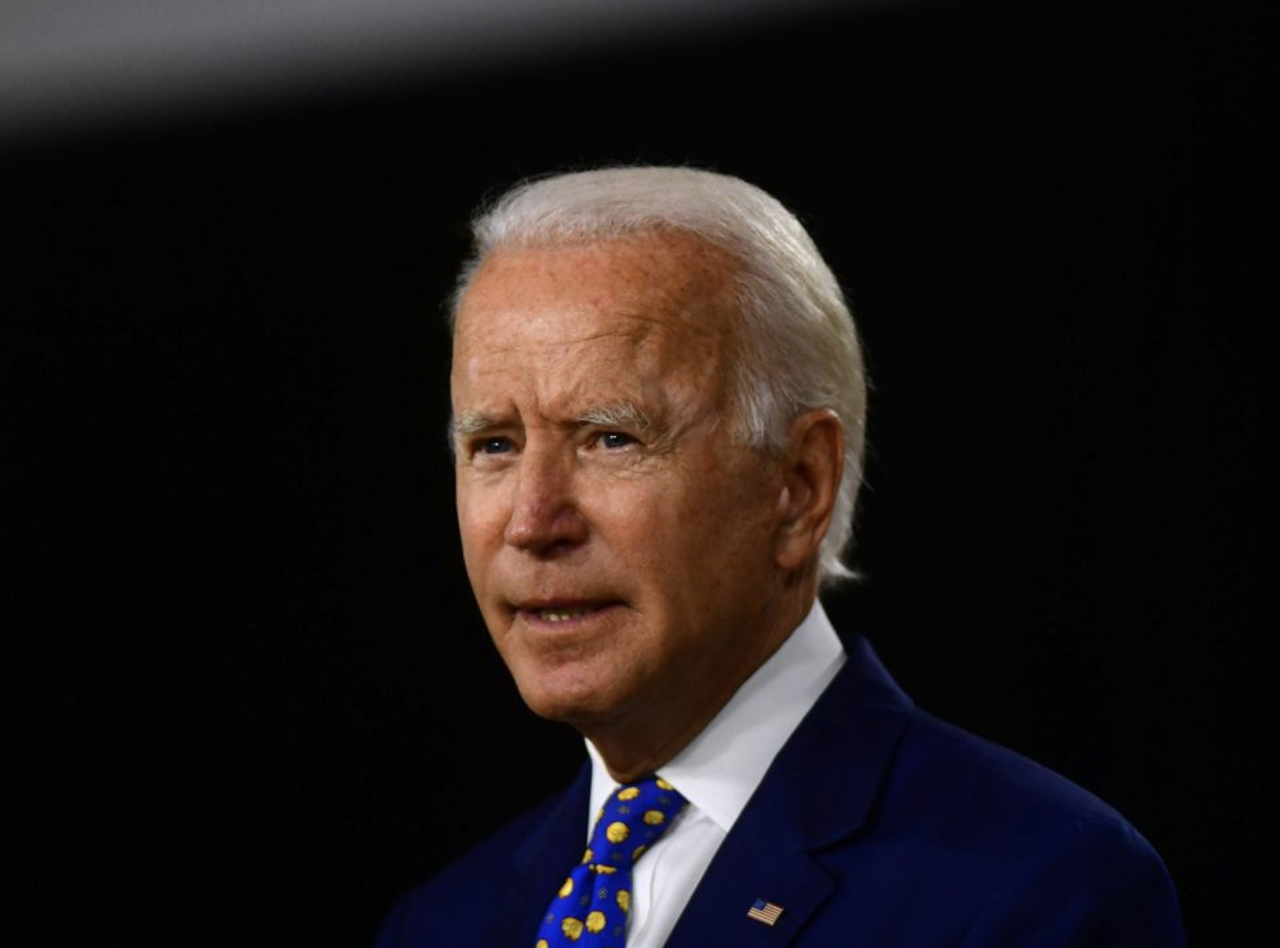
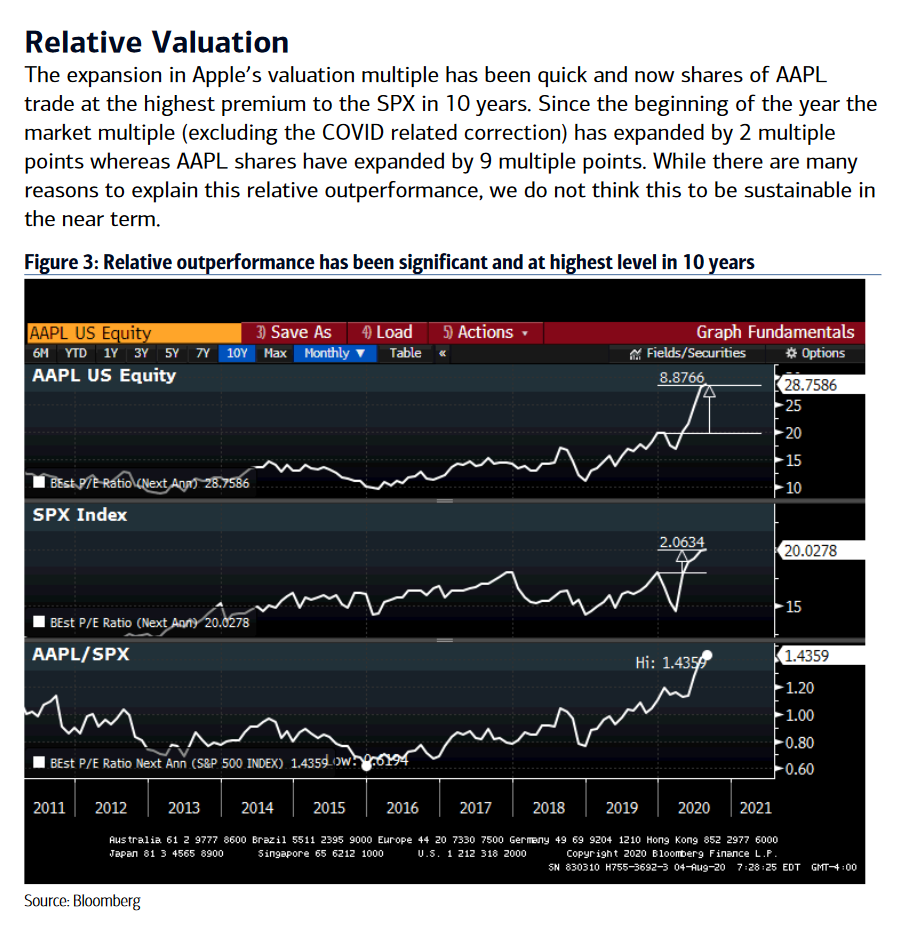
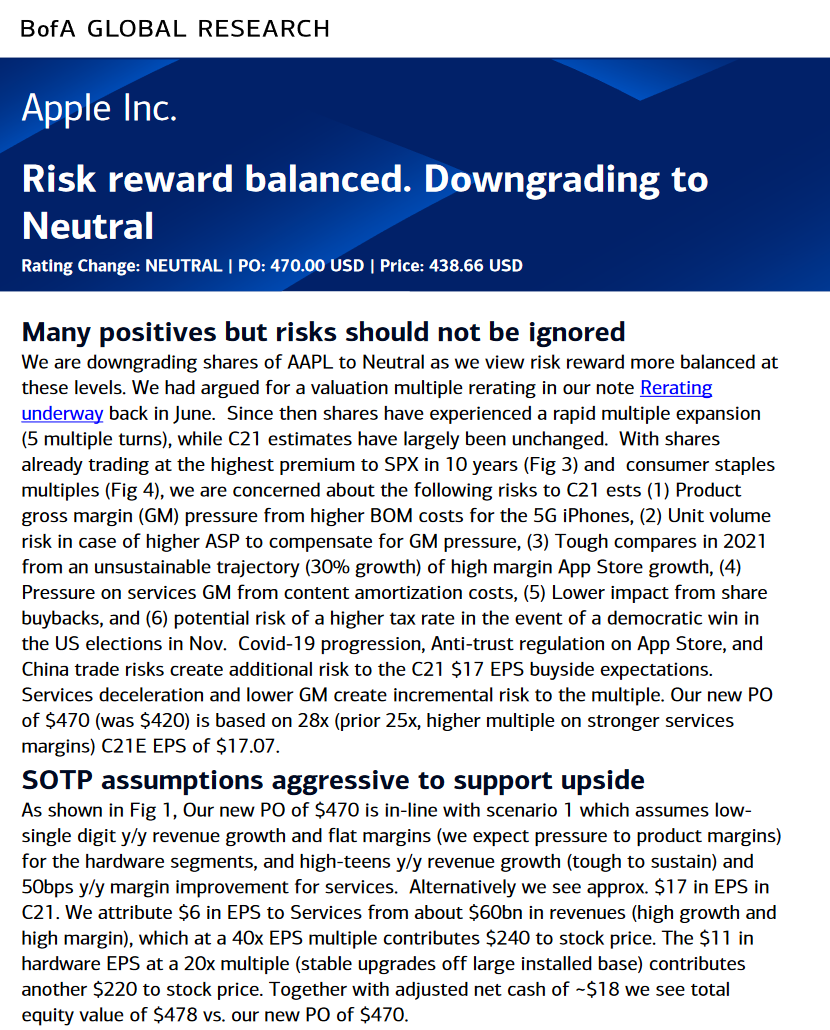
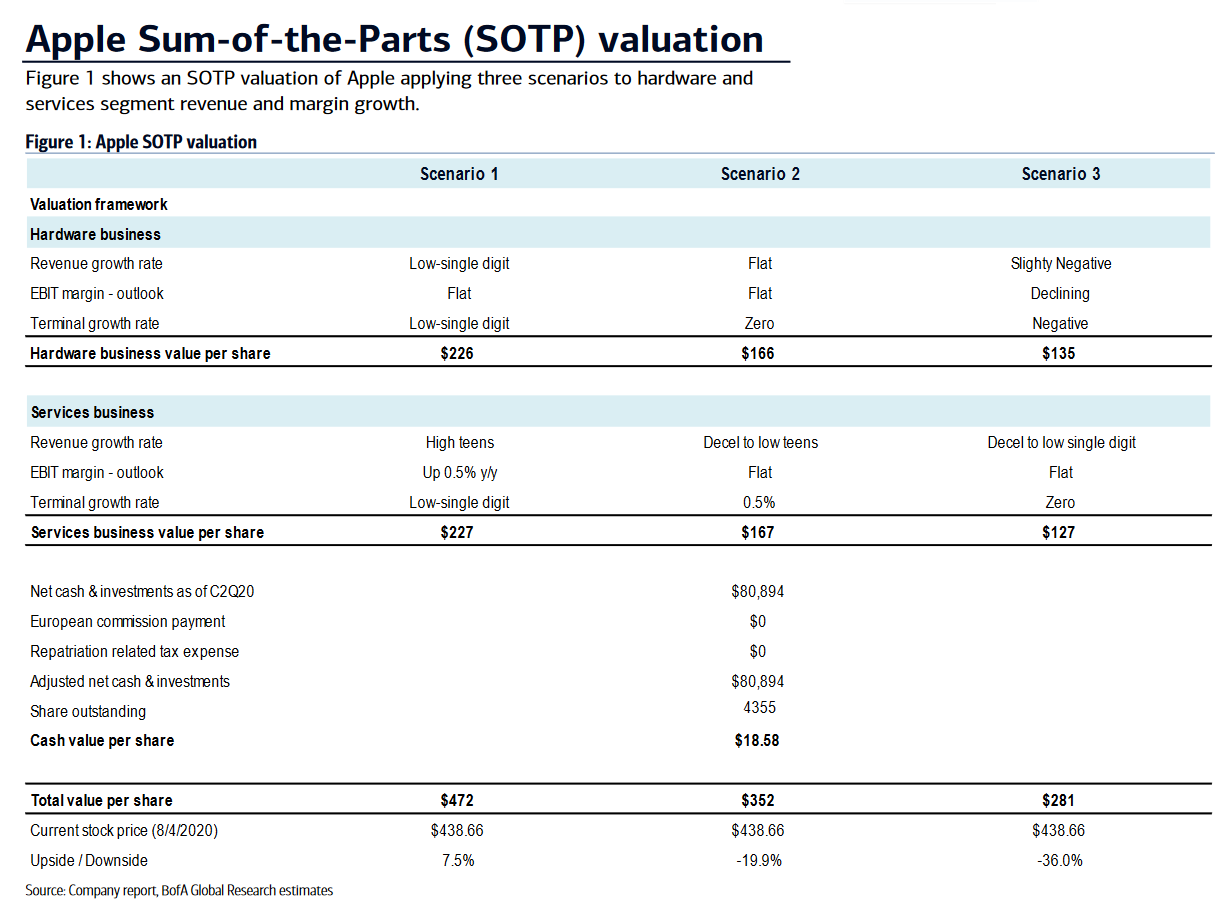




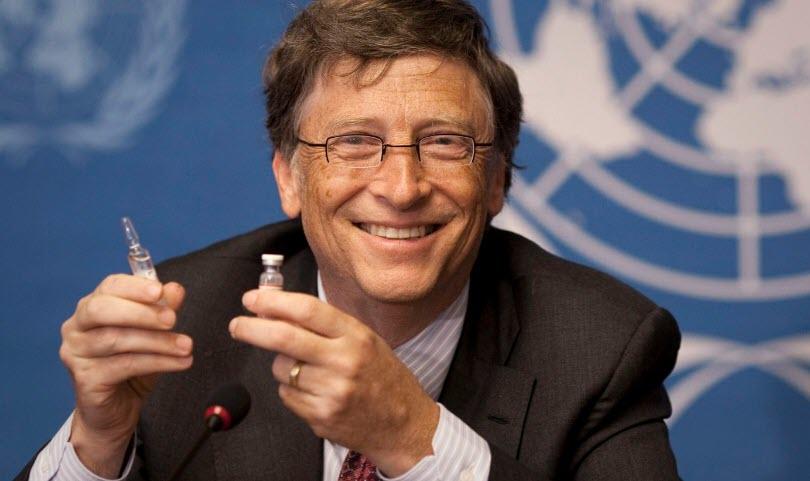

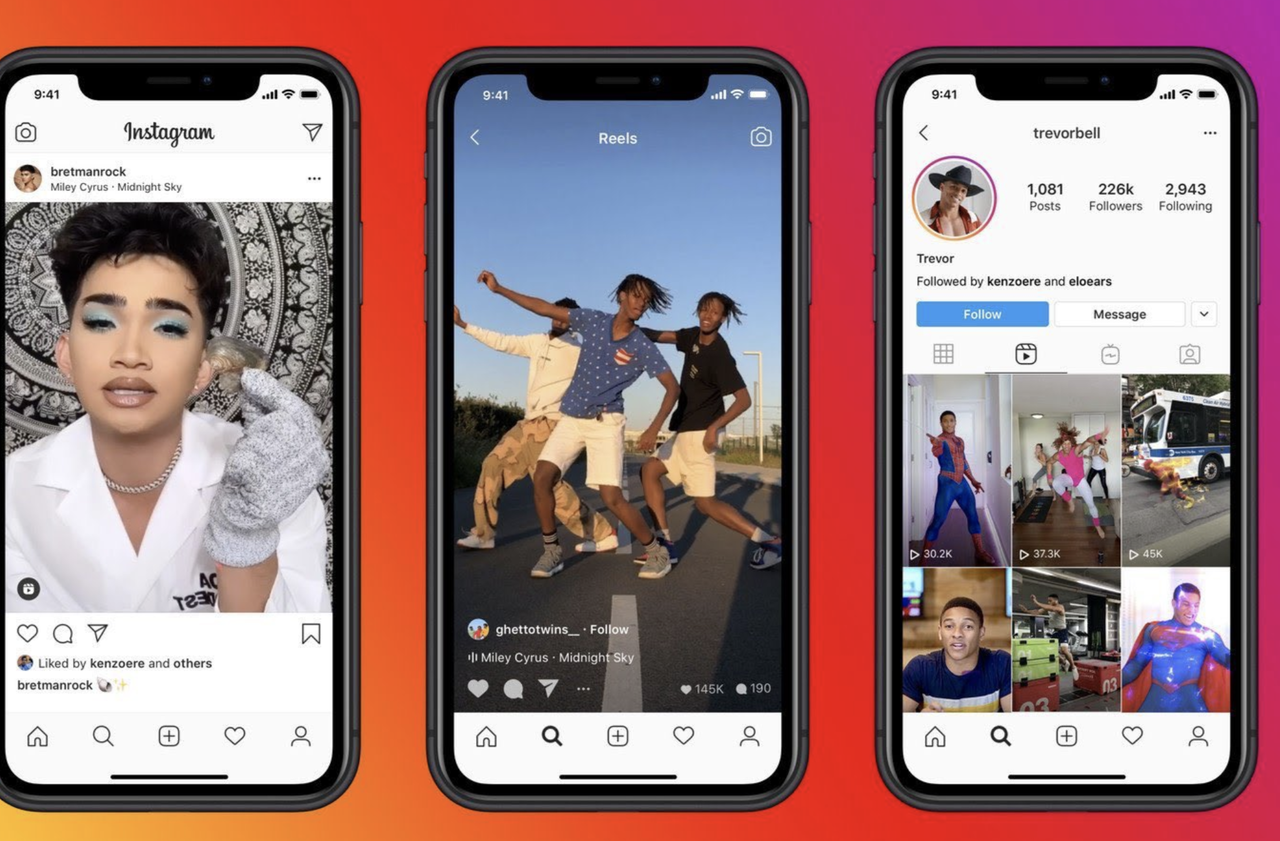
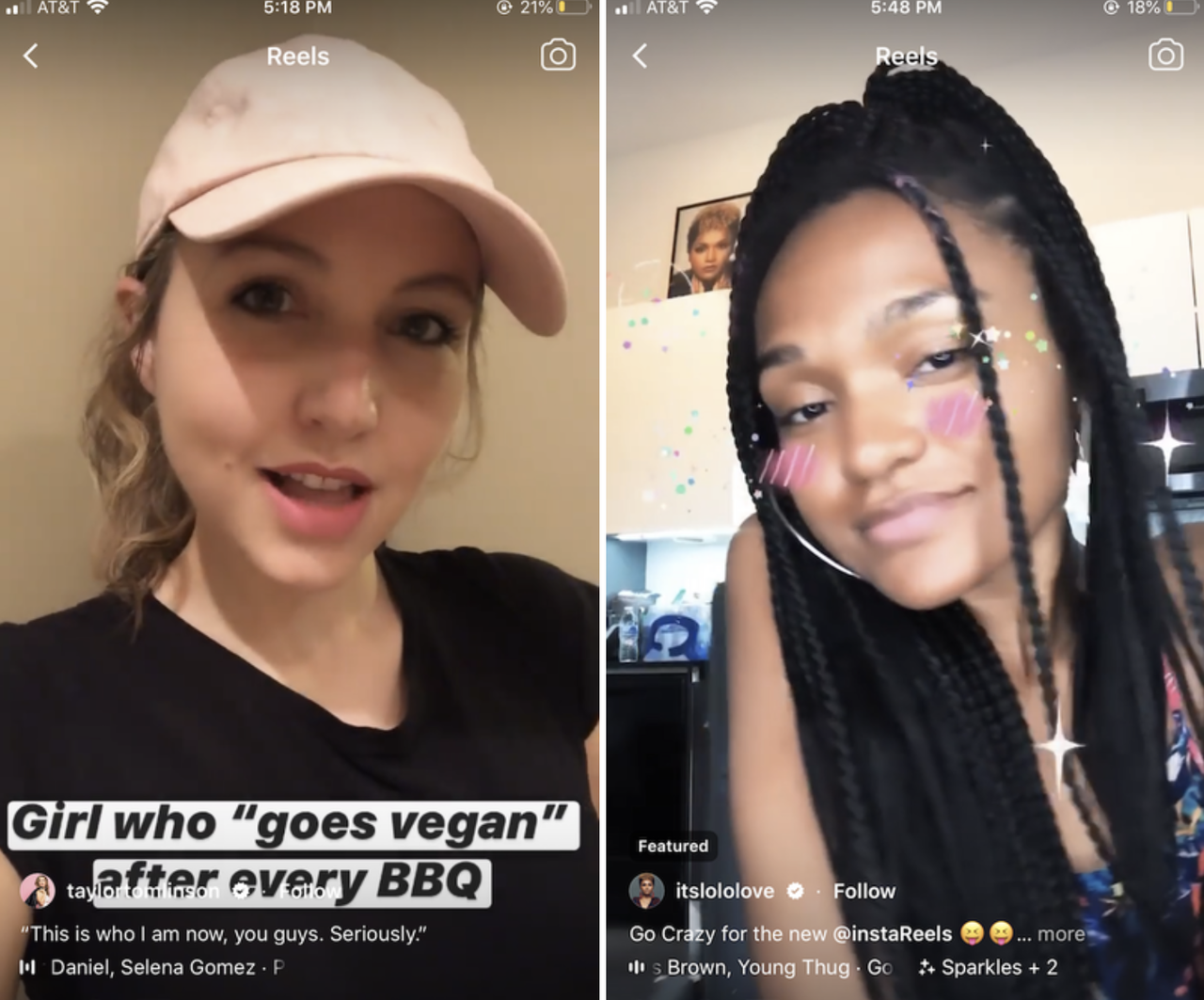


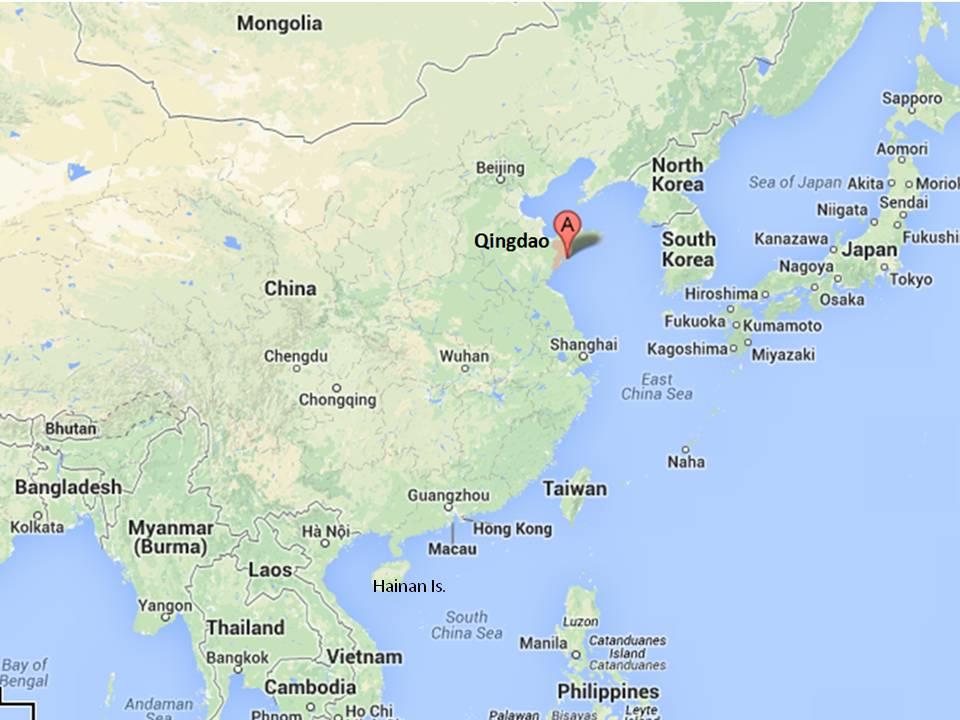

 And so, as Susan Douglas put it in
And so, as Susan Douglas put it in